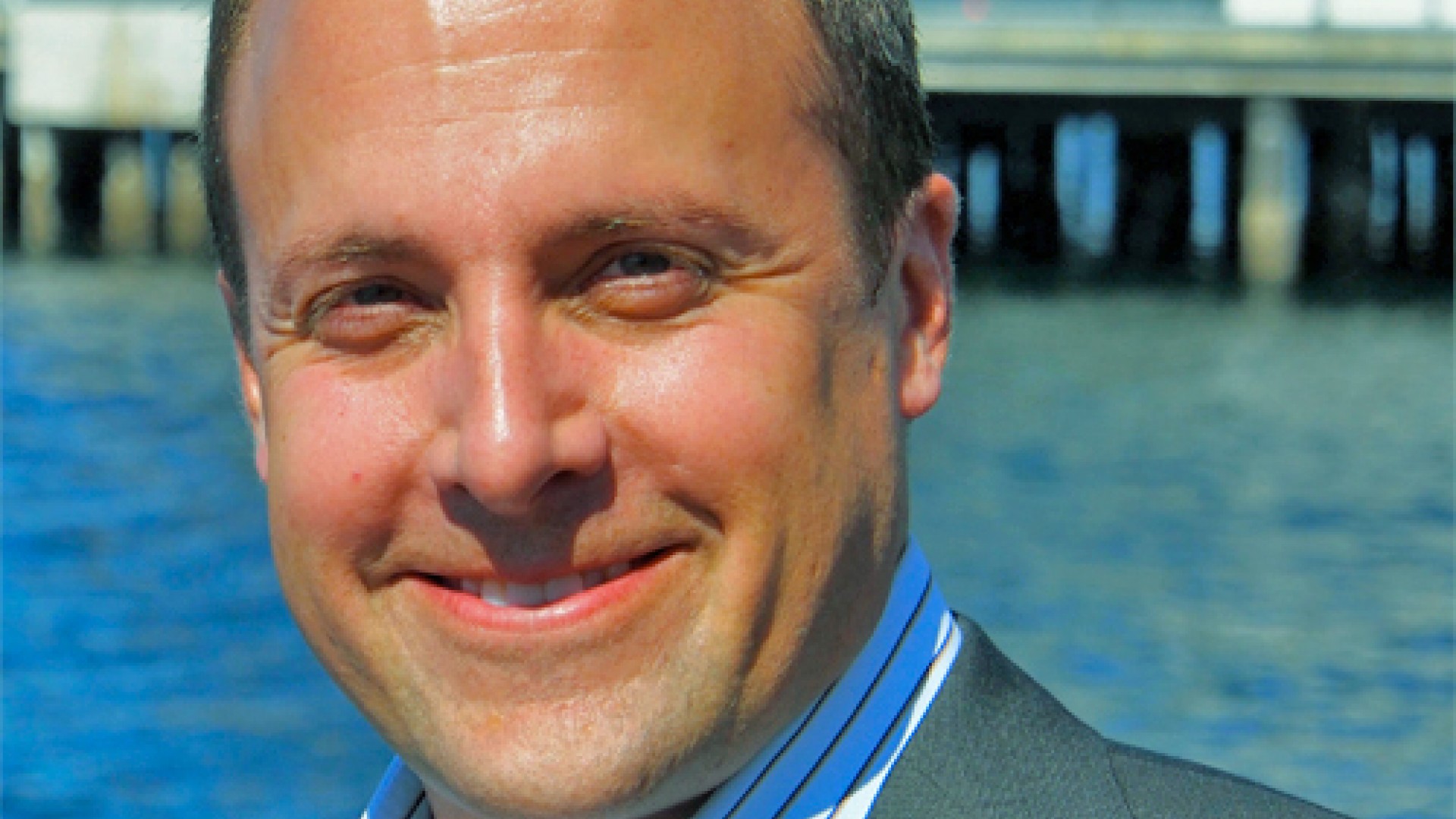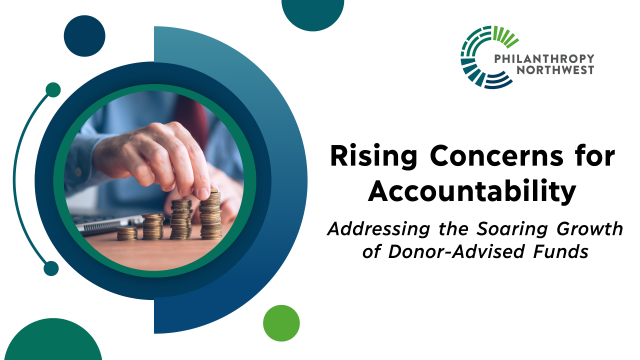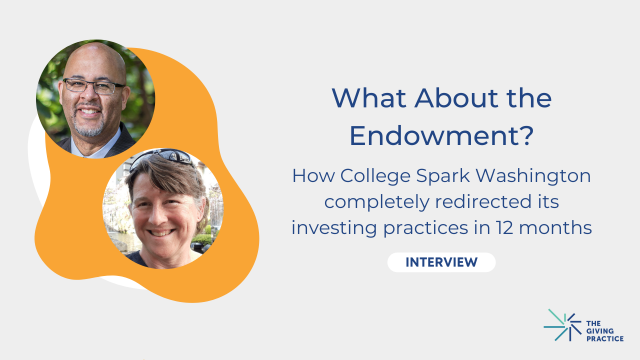
Craig Muska, President and Founder, Canopy
They say every place is unique, a complex melting pot of people, beliefs, history and politics. I’ve been thinking a lot about this “uniqueness” in recent weeks, especially given that earlier this year I launched Canopy, a new place-based investment collaborative. When I say a lot I mean A LOT — I think about the concept of place, and communities, all the time.
Before October, I had never been to Alaska. My first trip was to participate in Local Matters 2015, an innovative and immersive series of convenings developed by Philanthropy Northwest to explore new approaches to building stronger, more resilient communities. The Local Matters event was designed to coincide with the 32nd annual Elders and Youth Conference hosted by the First Alaskans Institute, an event with more than 1,500 elders and youth from the Alaska Native community. We were welcomed as guests to join families as they shared learnings, passed on traditions, and discussed challenges with the next generations of Native Alaskans. One week later, exiting the subway in New York’s financial district, I had an observation that continues to stay with me. It wasn’t, as you might expect, how different Anchorage and New York City are on almost every front. They are both beautifully complex communities. It also wasn’t about the obvious disparities in investment capital — New York’s City’s role as a major global investment center isn’t a new revelation to anyone. I was struck by the concept of connectivity, both in terms of the connectedness within each community and the total lack of connectivity between the communities of Anchorage and New York City.
If you’ve been to either place, or even know a bit about them, you’re likely asking “why is this news?” Good question — it’s not. What struck me walking up the steps from the subway platform was about the potential that exists in creating a space for seemingly disparate communities, and leaders within those communities, to discuss the issues and challenges related to unlocking investment capital in the respective places they call home. Canopy recently launched our attempt to create that connectivity among leaders and stakeholder groups in the Pacific Northwest, the place on the map where our initial work is focused. We call it the Catalyst Community of Action, a pithy title meant to describe a space where motivated leaders with diverse perspectives come together to learn and create tangible solutions to real problems.
The first Catalyst Community of Action convening, which took place at The Russell Family Foundation’s headquarters in Gig Harbor, Washington in late October was just the beginning of this thinking in motion. Today, this group of nearly 30 Pacific Northwest leaders will reconvene in Roseburg, Oregon at The Ford Family Foundation headquarters for an experiential learning session focused on the rural economic development ecosystem, and how we all might help drive capital to our communities that need it most. I would invite you to tune in to the posts that follow as this work develops to watch what we hope will be a beautiful knitting together of our region.
Craig Muska is president and founder of Canopy, a Pacific Northwest collaboration of stakeholders identifying opportunities to build a regional investment ecosystem that benefits communities and creates financial returns. This article was originally posted on the Canopy blog.


